Literary agents make up a big part of the publishing machine. Most publishers no longer consider unsolicited submissions, so an agent is a must if you even want to get your foot in the door. Each year, agents review many promising manuscripts and portfolios so it is safe to say they have a good sense of who makes up the talent pool of children’s book publishing. So what kind of diversity are agents seeing? Being that the number of diverse books has not increased in the last eighteen years, in order to understand why this problem persists we decided to ask the gatekeepers.
 Adriana Domínguez is an agent at Full Circle Literary, a boutique literary agency based in San Diego and New York City, offering a unique full circle approach to literary representation. The agency’s experience in book publishing includes editorial, marketing, publicity, legal, and rights, and is used to help build authors one step at a time. Full Circle works with both veteran and debut writers and artists, and has a knack for finding and developing new and diverse talent.
Adriana Domínguez is an agent at Full Circle Literary, a boutique literary agency based in San Diego and New York City, offering a unique full circle approach to literary representation. The agency’s experience in book publishing includes editorial, marketing, publicity, legal, and rights, and is used to help build authors one step at a time. Full Circle works with both veteran and debut writers and artists, and has a knack for finding and developing new and diverse talent.

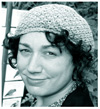 Karen Grencik and Abigail Samoun own Red Fox Literary, a boutique agency representing children’s book authors and illustrators. They offer a dazzling array of talents among their roster of clients, including New York Times and Time magazine Best Book winners, and some of the most promising up-and-coming talents working in the field today. The agency is closed to unsolicited submissions but it does accept queries from attendees at conferences where they present or through industry referrals.
Karen Grencik and Abigail Samoun own Red Fox Literary, a boutique agency representing children’s book authors and illustrators. They offer a dazzling array of talents among their roster of clients, including New York Times and Time magazine Best Book winners, and some of the most promising up-and-coming talents working in the field today. The agency is closed to unsolicited submissions but it does accept queries from attendees at conferences where they present or through industry referrals.
 Lori Nowicki is founder of Painted Words, a literary agency that represents illustrators and authors in the children’s publishing marketplace and beyond. Their goal is to provide the utmost in representation for illustrators and writers while placing a unique emphasis on developing characters, books, and licensed properties.
Lori Nowicki is founder of Painted Words, a literary agency that represents illustrators and authors in the children’s publishing marketplace and beyond. Their goal is to provide the utmost in representation for illustrators and writers while placing a unique emphasis on developing characters, books, and licensed properties.
Do you receive many submissions from authors and illustrators of color? Overall, what percentage of authors and illustrators who submit to you are people of color? Note: Estimations are fine.
AD/Full Circle: I honestly wouldn’t know about percentages, but our agency receives a good number of submissions from authors of color. Proportionally, our agency represents more authors of color than most others. Authors and illustrators who are familiar with our work and/or visit our website know that we welcome diverse points of view, and see that diversity represented in our client list. I will say that I have personally felt for a very long time that there are simply not enough illustrators of color in the marketplace, and I am not quite sure why that is. I am usually very enthusiastic when I receive a query from a talented author/illustrator of color—I wish we received more of those! As a general rule, our agency represents illustrators who are also writers, and such people are difficult to find under any circumstances, as not everyone is equally good at both.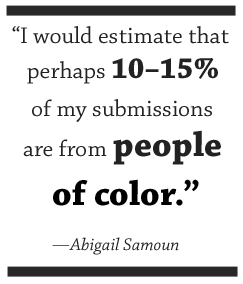
AS/Red Fox Literary: It’s hard to tell how many submissions come from authors and illustrators of color. Most of the time, I haven’t met these authors and illustrators in person so the only way for me to tell what their ethnicity might be is by their name and their choice of subjects, but these can be misleading. I once made an offer on a picture book about an African American family, told in language with a jazzy rhythm, by an author with an African American sounding name and she turned out to be a white librarian. I’d made the assumption, based on the subject and the author’s name, that she would be African American.
Oftentimes, the question of the author’s ethnicity doesn’t enter my mind—unless the subject relates to race, in which case I’ll wonder if the author will have the life experience that can provide a genuine insider’s point-of-view. I would estimate that perhaps 10–15% of my submissions are from people of color.
KG/Red Fox Literary: I have four authors of color on my list of 38 authors, but like Abi says, we never know the ethnicity of an author when they submit to us. The only way I could imagine to gauge it would be by determining how many authors of color attend an SCBWI conference at which I present, comparing that number to the total number of attendees, and then assuming the ratio of submissions to be a similar percentage. At the recent summer conference in LA, I would guesstimate that authors of color made up about 35% of the total number of attendees.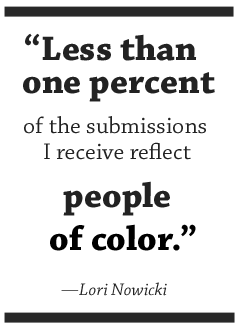
Continue reading →
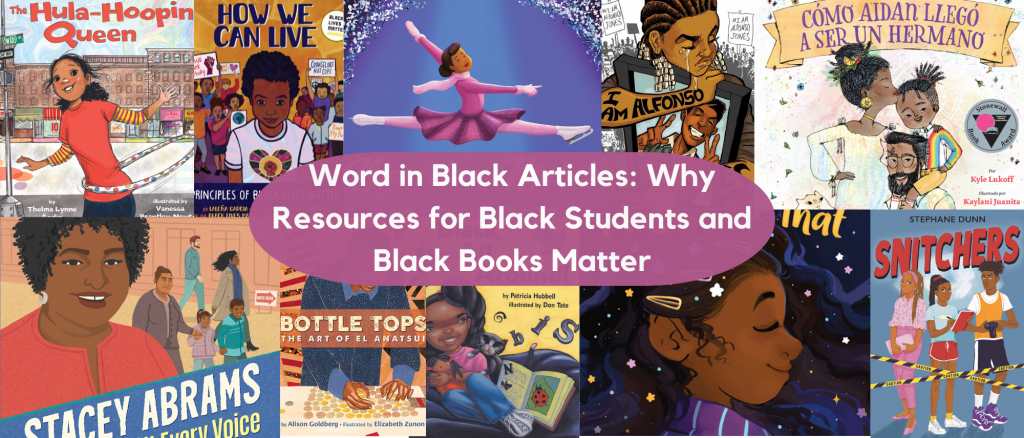


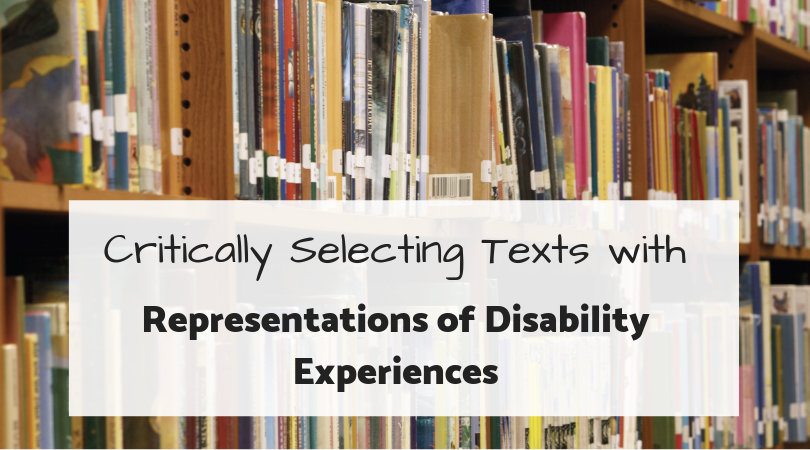

 Adriana Domínguez is an agent at
Adriana Domínguez is an agent at 
 Karen Grencik and Abigail Samoun own
Karen Grencik and Abigail Samoun own  Lori Nowicki is founder of
Lori Nowicki is founder of 
